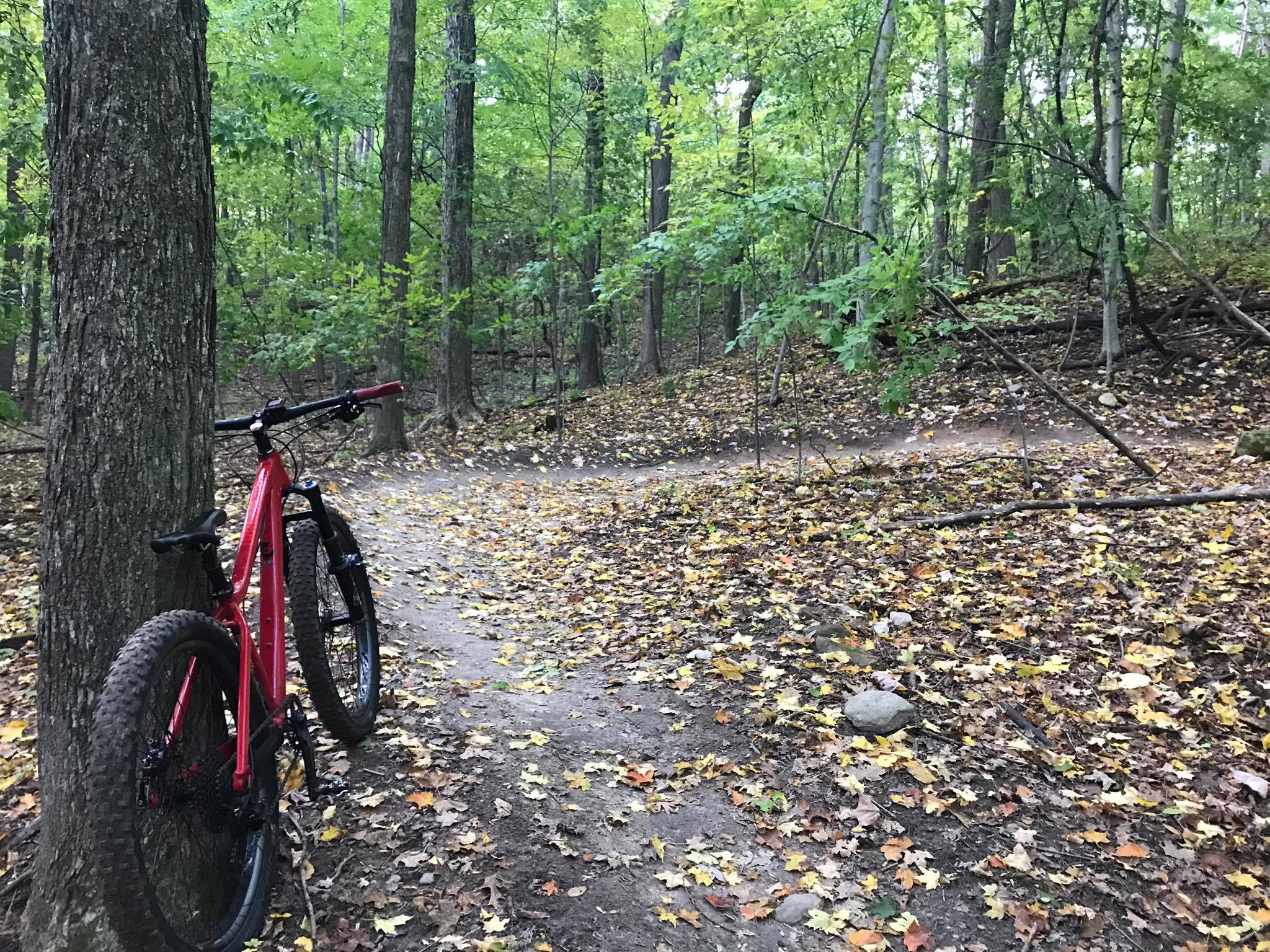 We’re told spring is on the way. Here in northern Michigan, that’s more of a prayer than a statement, but nonetheless, we’re ready to get through the fifth season that’s sandwiched between winter and spring - freeze and thaw season.
We’re told spring is on the way. Here in northern Michigan, that’s more of a prayer than a statement, but nonetheless, we’re ready to get through the fifth season that’s sandwiched between winter and spring - freeze and thaw season.
The bane of every trail association, the freeze and thaw cycle that is already in full swing can result in a lot of extra repair work if riders don’t play nice. By communicating and informing mountain bikers, trail associations work to make sure that the trails don’t fall victim to selfish or uninformed behavior. We’re trying to help with a quick note on what it is, what it does, and what you shouldn’t do this time of year.
The freeze thaw cycle is just that; moist trails sodden with rain and snow freeze up over night, only to slowly thaw and let as the day wears on. As that happens, the trail surface is extremely vulnerable to tire tracks which cut through the soft first inch or two and down into frozen layers of dirt below. Additionally, that upper layer of dirt can hold a lot of moisture, which quickly turns to mud. As riders either cut through the top surface or veer wide around mud puddles, they damage the trail in two directions. First, they’re creating deep ruts and soft soil in the middle of the trail. Second, they’re making the singletrack wider and wide as more and more riders steer wide to avoid a widening mud puddle.
It’s a process that can ruin whole sections of trails. For many trail associations, that results in countless hours of trail maintenance. That’s time that could have been better spent on improvements, re-routes, or expansion, not simply trying to save what trails riders already have. It can take hours to repair even a five-foot section of destroyed singletrack, which is why you see a lot of talk and active measures to prevent it.
The most obvious solution is trail closure. Many trails around the country will rely on a local trail representative to make the call to close a trail to all traffic for a number of days or even weeks to ensure the trail has enough time to get through its snow melt, ice, or a rainy season. Trails may also opt to close specific sections of trail, usually those with clay or loam, or trail that sits in especially low-lying geography.
If you are riding, make sure the trail is dry enough to be on. That’s something that goes year-round, but it’s a decision that comes down to sound, honest judgement. If the trail is largely dry and okay to ride, make sure you’re riding straight through any wet sections of trails. It might only take a few minutes to clean off your bike, but it could take hours to fix the rut or new, wider line created by going around a mud puddle.
The best way for you to protect your local trail is to check conditions ahead of time, and consider checking with your local trail association for the best ways to monitor the trails. Many will send out trail updates to members, or post updates on sites like Trailforks.com.
We all want to get out and ride, but we all need to have that sense of ownership and responsibility that makes us put the trails first. Freeze thaw won’t last forever; we hope your first spring ride does!

